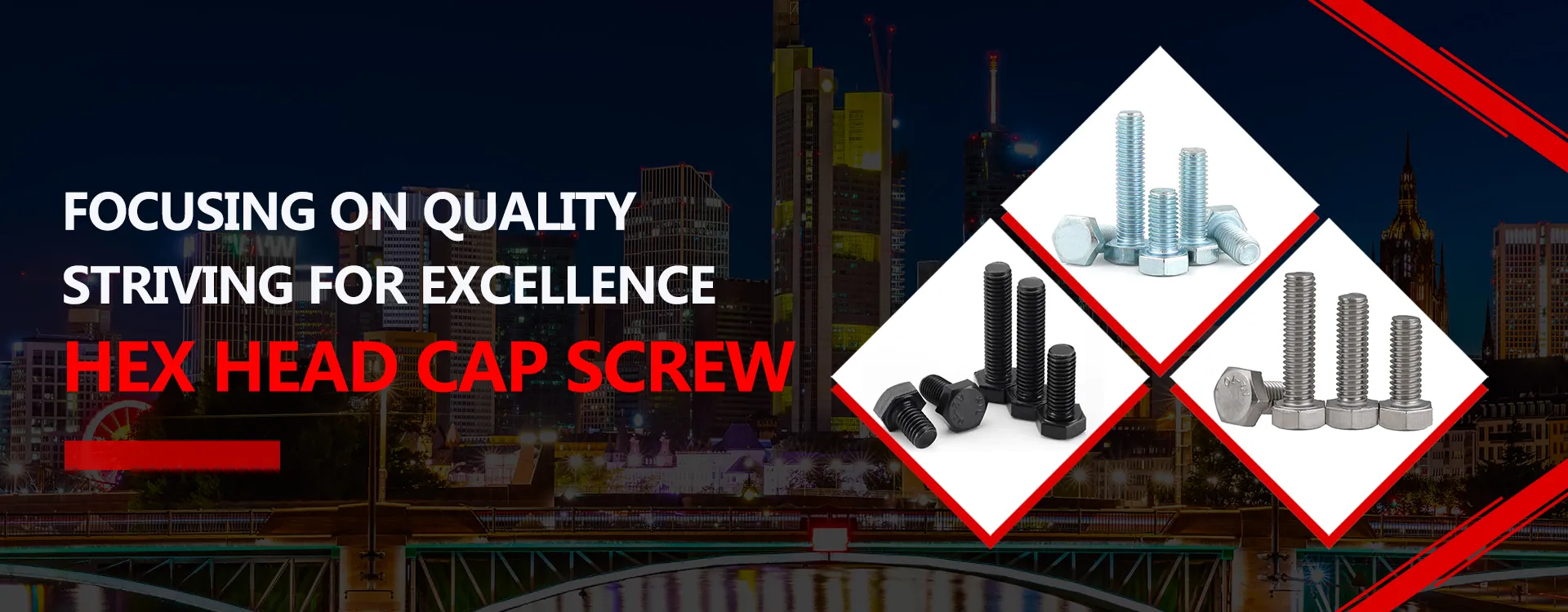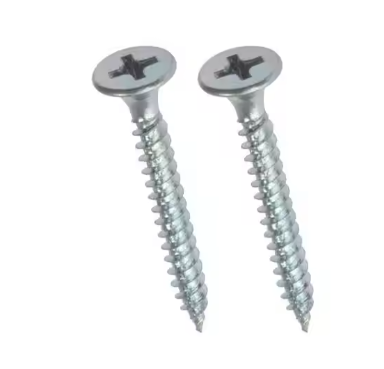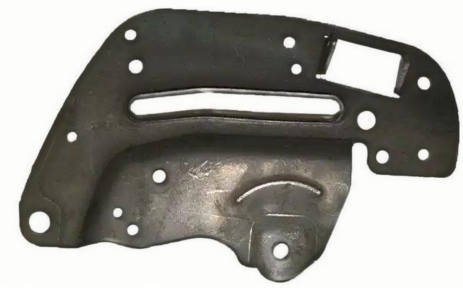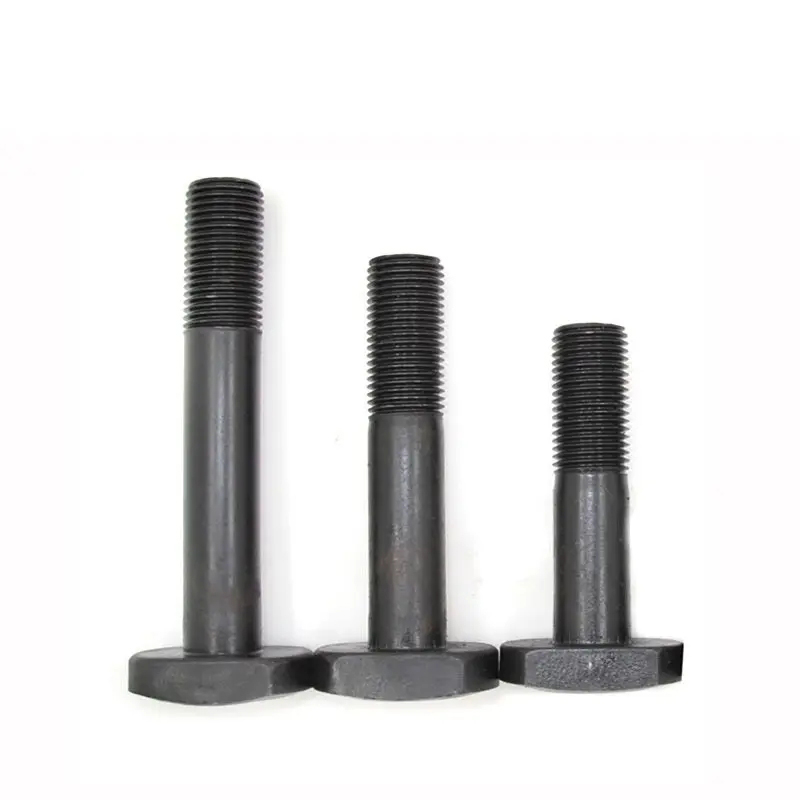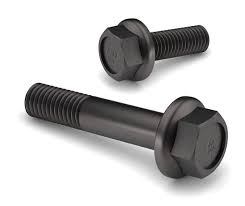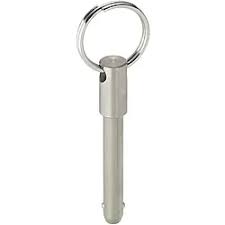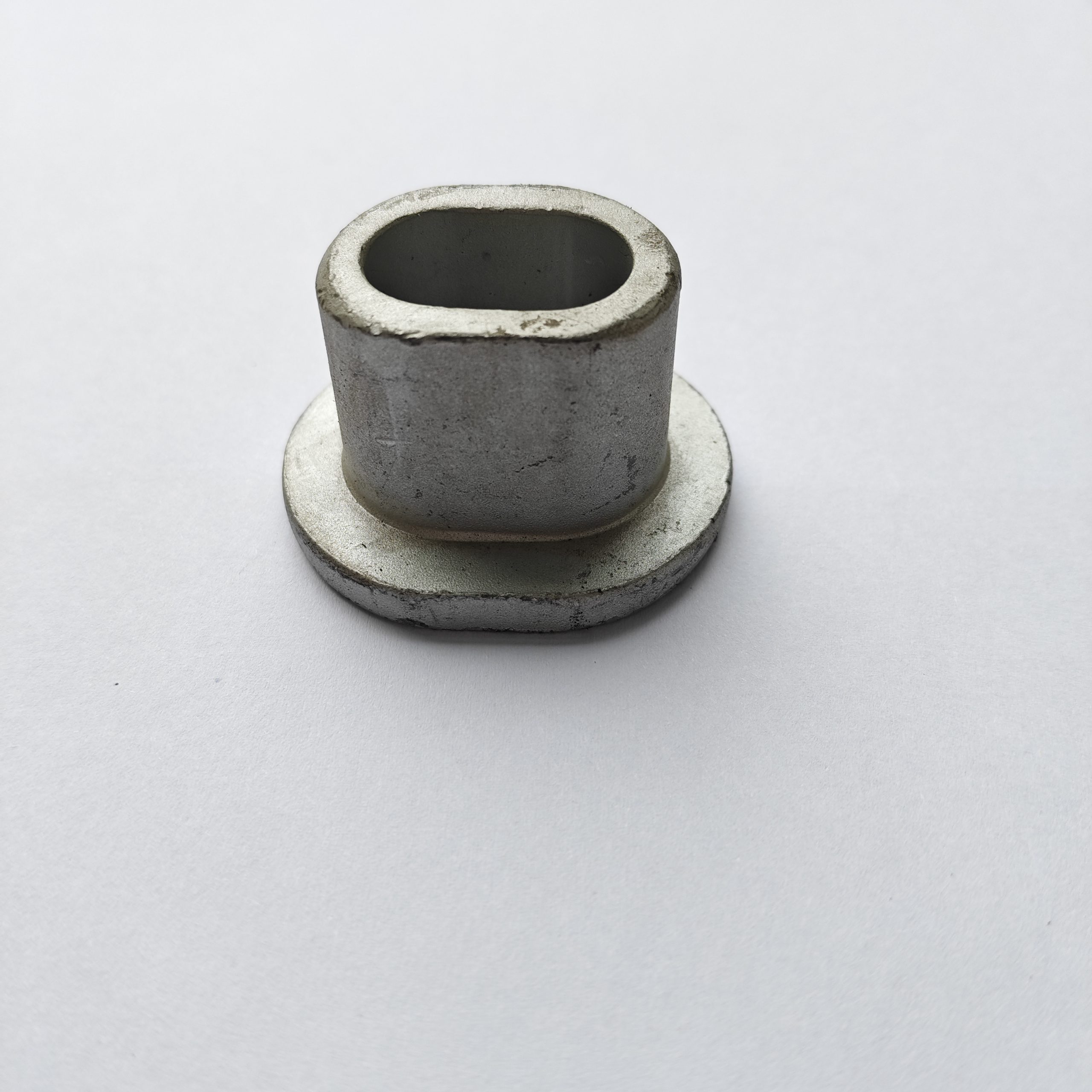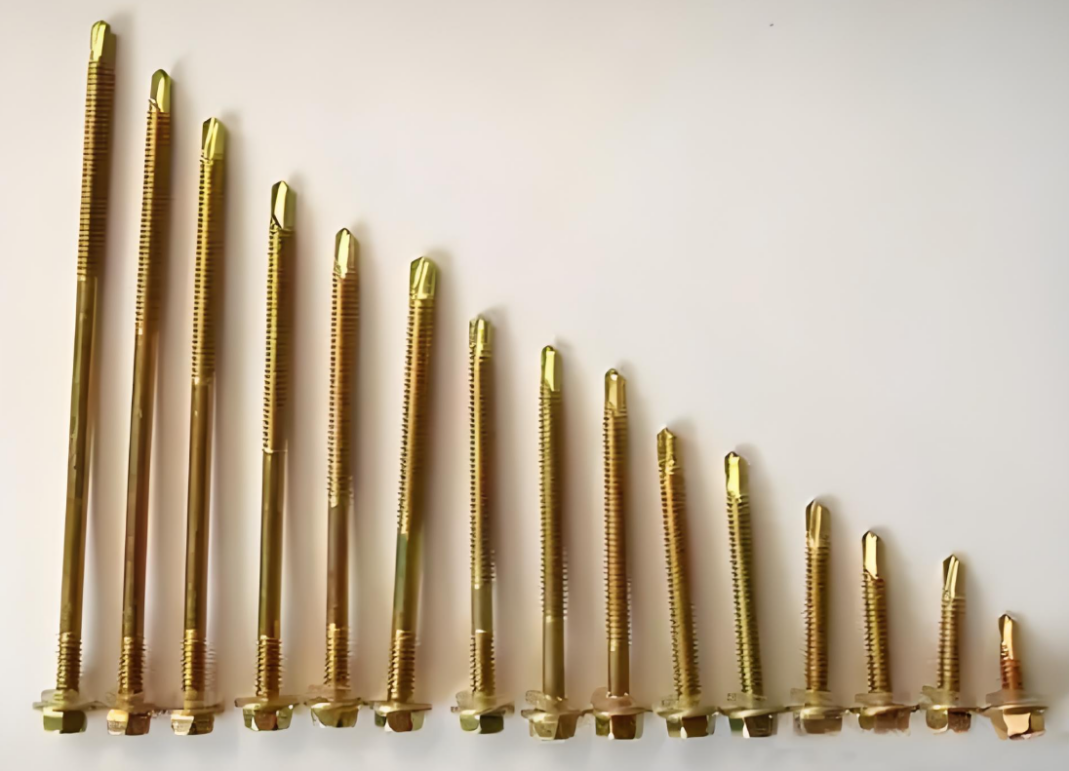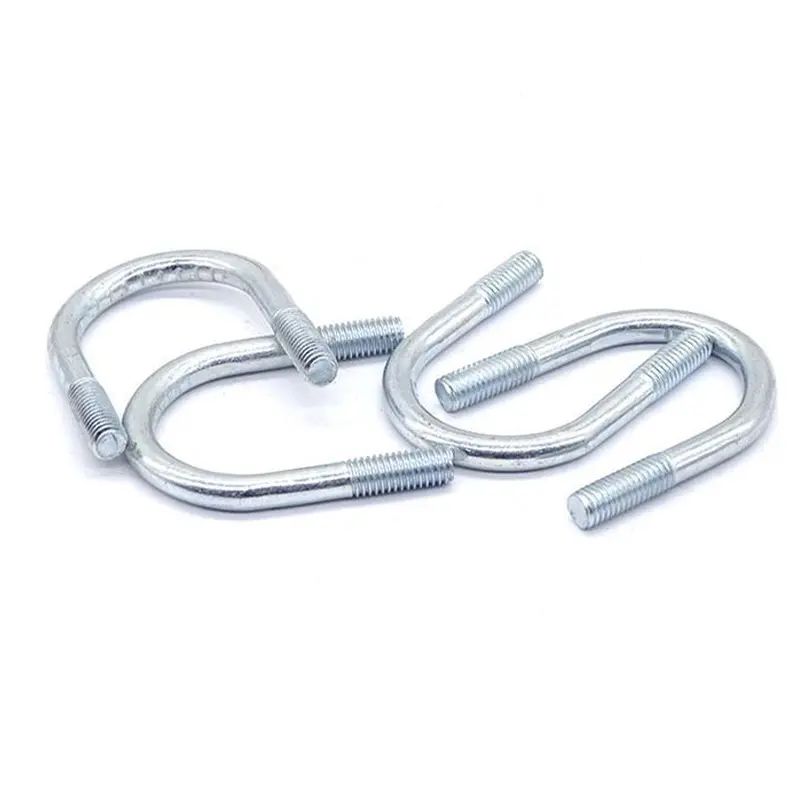

M10 Hex Bolt: A Comprehensive GuideM10 hex bolts are a common type of fastener used in a wide variety of applications. This guide provides detailed information on their specifications, materials, uses, and selection. Learn about different grades, strengths, and surface treatments to ensure you choose the right m10 hex bolt for your project.
The m10 hex bolt, also known as a hexagon head bolt, is a standardized fastener characterized by its metric size (M10 indicating a nominal diameter of 10mm) and hexagonal head. This design allows for easy tightening and loosening using a wrench. Understanding the nuances of m10 hex bolts is crucial for engineers, construction workers, and DIY enthusiasts alike. This comprehensive guide will delve into the key aspects of these versatile fasteners, helping you make informed choices for your specific needs. We’ll cover everything from material selection and strength grades to appropriate applications and potential considerations for long-term performance.
The M10 in m10 hex bolt designates a nominal diameter of 10 millimeters. The thread pitch, or the distance between each thread, varies depending on the grade and application. Common thread pitches include 1.5mm and 1.25mm. Choosing the correct pitch ensures proper engagement and secure fastening.
M10 hex bolt lengths vary greatly, ranging from a few millimeters to several centimeters. The length is measured from the underside of the head to the end of the shank. Head height is also an important consideration, especially in applications with limited space. Selecting the appropriate length is critical for ensuring proper clamping force and preventing damage to the connected materials.
M10 hex bolts are typically manufactured from various materials, including steel (carbon steel, stainless steel), brass, and aluminum. Each material offers different properties in terms of strength, corrosion resistance, and cost. The grade of the bolt signifies its tensile strength. Higher grades, such as 8.8 or 10.9, indicate greater strength and suitability for high-stress applications. For instance, a grade 8.8 bolt indicates a minimum tensile strength of 800 MPa.
| Material | Typical Applications | Advantages | Disadvantages |
|---|---|---|---|
| Carbon Steel | General purpose fastening | High strength, cost-effective | Susceptible to rust |
| Stainless Steel | Outdoor applications, corrosive environments | Excellent corrosion resistance | More expensive than carbon steel |
Selecting the appropriate m10 hex bolt requires careful consideration of several factors. These include the intended application, the materials being joined, the required load-bearing capacity, and the environmental conditions. Always consult relevant industry standards and engineering specifications to ensure safe and reliable fastening.
Various surface treatments and coatings are available to enhance the performance and lifespan of m10 hex bolts. These include zinc plating (for corrosion resistance), black oxide coating (for improved appearance and corrosion resistance), and other specialized coatings for specific applications. These treatments can significantly impact the bolt's resistance to wear, corrosion, and environmental factors.
M10 hex bolts are widely used in numerous industries and applications, including:
For high-quality m10 hex bolts and other fasteners, consider exploring the offerings of reputable suppliers like Hebei Dewell Metal Products Co., LTD. They offer a wide selection of fasteners to meet diverse project needs.
This guide aims to provide a comprehensive overview of m10 hex bolts. For specific applications or more detailed information, always consult relevant engineering standards and specifications. Remember to prioritize safety and ensure the correct fastener is selected for your specific needs.
Source: [Insert relevant sources for material properties and engineering standards here. For example, ISO standards related to metric fasteners.]
